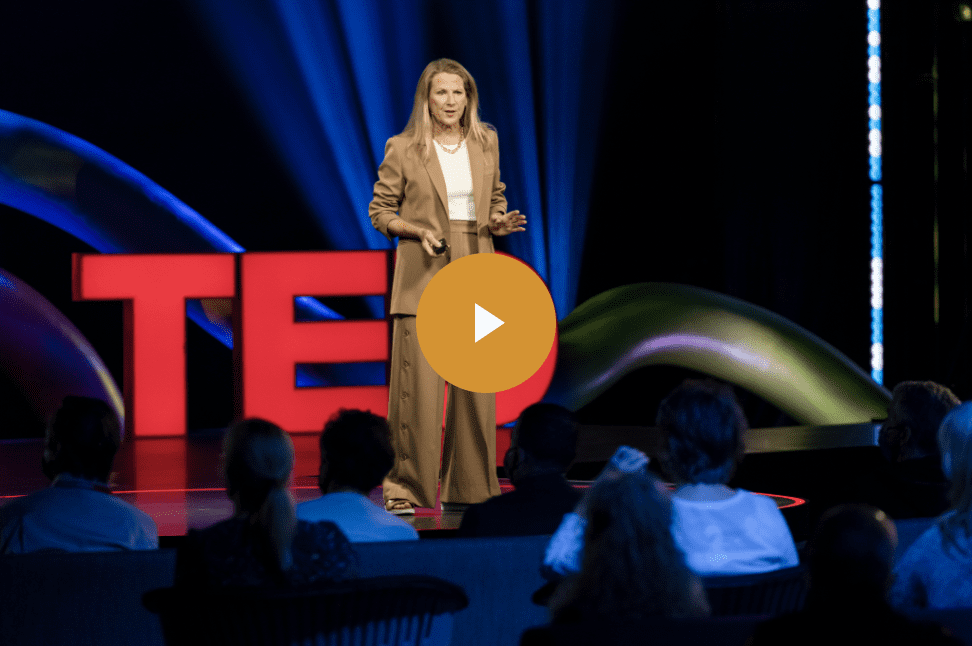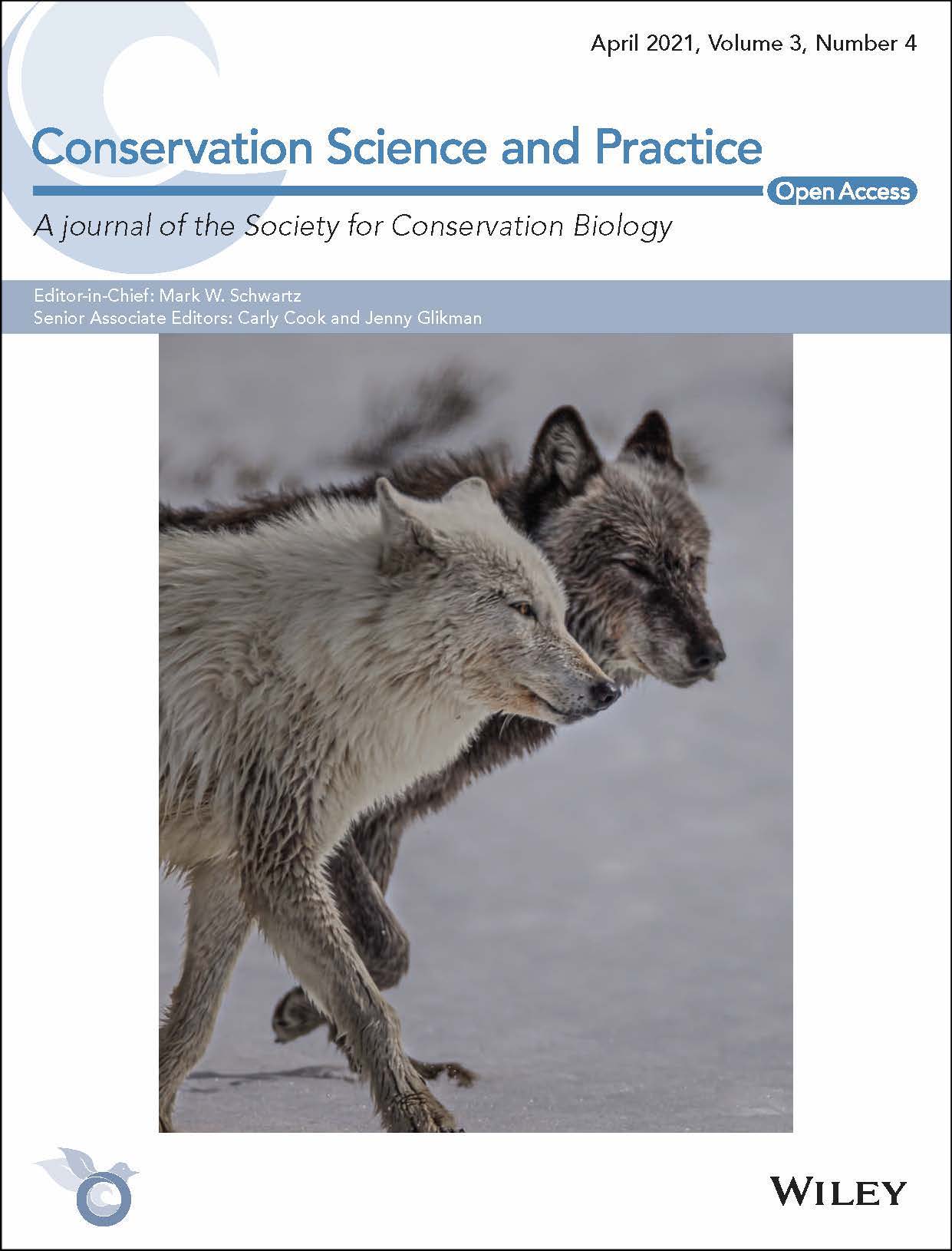The reintroduction of wolves (Canis lupus) to Yellowstone National Park (after a 70-year absence) led to a cascade of beneficial ecosystem changes. (NPS)
Intended Consequences
Aiming For The Future We Want
For the thousands of animals and plants at risk today, inaction all too often leads to extinction. However, when conservationists propose solutions, they often hear, “What about the unintended consequences?” The concept of “Intended Consequences” provides a deliberate counterweight, encouraging us to keep an eye on the benefits for biodiversity, and work toward a future we want, not a future we fear.
Balancing risks and benefits against the consequences of inaction
Ryan Phelan brings Intended Consequences to the main TED stage in Monterey. An Intended Consequences perspective reconsiders how we think about risk. It’s time to rebalance and carefully weigh uncertainty against potential benefits for nature. Focusing solely on risk and ignoring benefits can paralyze conservation innovation. We don’t have the luxury of time to wait to see what happens if we do nothing.
CONSERVATION ACHIEVES INTENDED CONSEQUENCES
We consistently hear concern over “unintended consequences” so Revive & Restore decided to research whether “intervening in nature” really produced the ecological disasters that people fear. In a systematic review of over 140 years of conservation history, Novak et al. revealed that conservationists have successfully translocated over 1,000 plant and animal species to fight biodiversity loss and restore ecosystems. See U.S. conservation translocations: Over a century of intended consequences for details.
The first cloning of a U.S. endangered species and the wolf reintroduction — featured in the evocative mini-docs below — both represent iconic intended consequences stories.
INTENDED CONSEQUENCES IN ACTION
The first cloning of a U.S. endangered species is an excellent example of Intended Consequences in action. Learn how Elizabeth Ann came to be, as told by project partners Revive & Restore, US Fish & Wildlife Service, ViaGen Pets & Equine, San Diego Zoo Wildlife Alliance, and the Association of Zoos & Aquariums.
Wolves of Isle Royale: The Quest for Survival
Delve into the issues surrounding a conservation intervention to save the wolves of Isle Royale National Park in Lake Superior. A video from the National Geographic Society features this wolf restoration project which involved Doug Smith, Senior Wildlife Biologist for Yellowstone National Park and Rolf Peterson of Michigan Technological University. They also wrote about the wolf restoration project in a paper for our special issue of Conservation Science and Practice.
EXPANDING THE NARRATIVE
To build a more diverse community of solution-finders, the Intended Consequences concept will be widely shared with the public, conservation practitioners, decision-makers, and stakeholders. Please see the open-access special issue of Conservation Science and Practice for more information. We welcome the many conversations that are sure to follow.
INCREASING INCLUSIVITY
As we embrace a wider diversity of available technologies, we must also include a wider diversity of stakeholders. Conservation has historically failed to work within a framework of cultural inclusivity. We advocate for a more inclusive process that will embrace innovative solutions from diverse communities.
A CALL TO ACTION
To Restore Biodiversity, Embrace Biotech’s ‘Intended Consequences’
This Scientific American op-ed, co-authored by Revive & Restore Executive Director Ryan Phelan and Paul Robbins, Dean of the Nelson Institute for Environmental Studies at the University of Wisconsin-Madison advocates for bold action. “….we are teaming up with the world’s leading molecular biologists, technologists, conservation biologists, conservation organizations, ethicists, and thought leaders to call for “Intended Consequences” to help us safely use all of the available tools that can provide the advantage we need to turn the tide on species loss.”
LEADING SCIENTISTS SHARE THEIR THOUGHTS
Intended Consequences means different things to different scientists, practitioners, and stakeholders. Meet these conservationists who are applying Intended Consequences and hear what it means to them and how it can make a difference in their work.
William Powell
Director, American Chestnut Research & Restoration Project
SUNY College of Environmental Science and Forestry
Alison Van Eenennaam
Extension Specialist: Animal Biotechnology and Genomics
University of California Davis
Paul Robbins
Dean of the Nelson Institute for Environmental Studies
The University of Wisconsin Madison






